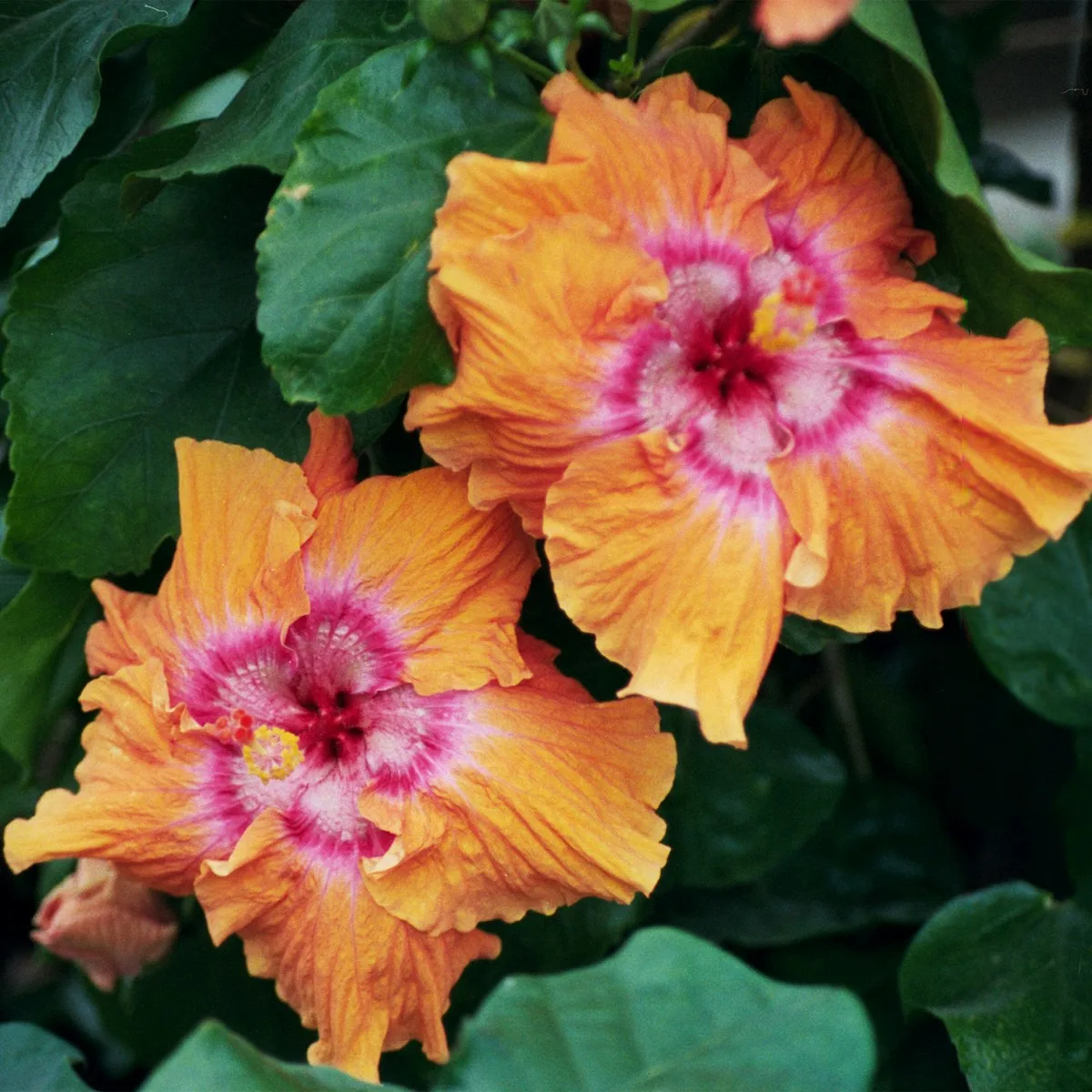Tropical hibiscus plants are a gardener’s dream, known for their large, colorful blooms and lush green foliage. Perfect for adding a splash of the tropics to any landscape, these plants thrive in warm climates and bring vibrant energy to gardens and patios. However, their beauty comes with specific care needs. Whether you’re growing tropical hibiscus indoors, outdoors, or in containers, this guide will help you master care for tropical hibiscus to enjoy stunning blooms year-round.
This post contains affiliate links. If you purchase through these links, I may earn a small commission at no additional cost to you.
Understanding Tropical Hibiscus
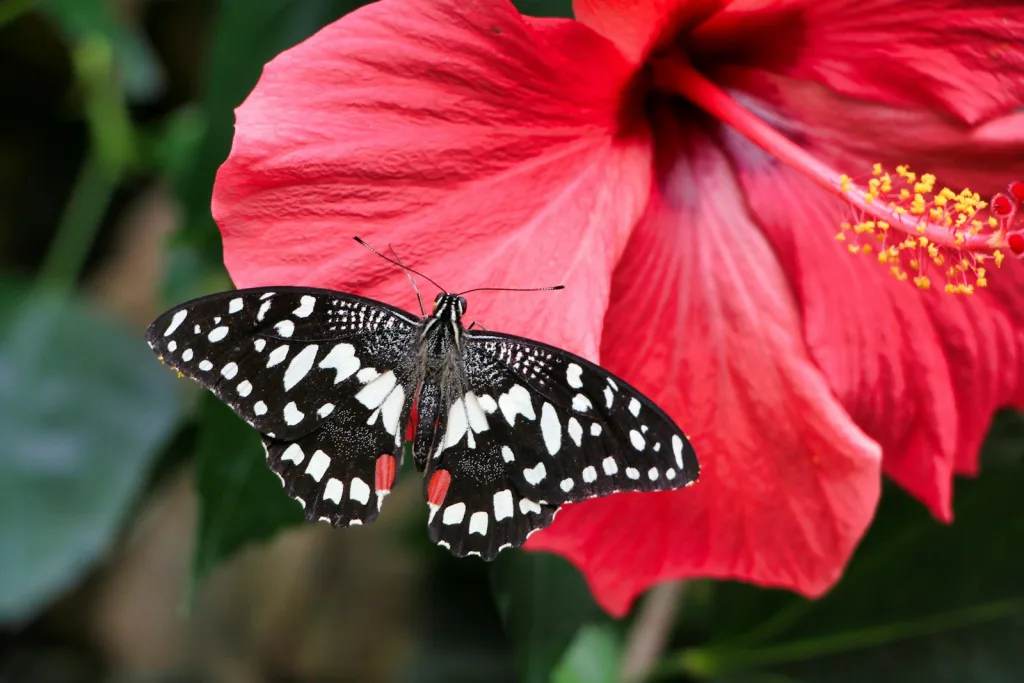
Tropical hibiscus (Hibiscus rosa-sinensis) is native to warm, humid climates and thrives in USDA hardiness zones 9–11. Unlike hardy hibiscus, which can survive freezing temperatures, tropical varieties need warmth and shelter to flourish. Known for their eye-catching flowers in shades of red, pink, orange, and yellow, these plants are a favorite among gardeners who love bold, exotic designs.
Light Requirements
Hibiscus loves sunlight, and adequate exposure is key to encouraging blooms.
- Outdoors: Place your hibiscus in a spot that gets 6–8 hours of full sun daily. In hotter climates, some afternoon shade can prevent leaf scorching.
- Indoors: Position potted hibiscus near a bright, south-facing window. If natural light is insufficient, supplement with grow lights to keep your plant happy.
Watering Needs
Tropical hibiscus thrives in moist soil but is sensitive to overwatering.
- Water deeply when the top inch of soil feels dry. During hot weather or when the plant is actively blooming, increase watering frequency.
- Use containers with good drainage if growing hibiscus in pots to avoid soggy roots.
Soil Preferences
Hibiscus prefers well-draining soil rich in organic matter.
- For potted plants, use a high-quality potting mix with added perlite or sand for drainage.
- If planting in the ground, amend sandy soils with compost to retain moisture and nutrients.
Fertilizing Hibiscus
Regular feeding ensures your hibiscus has the nutrients it needs to produce vibrant flowers.
- Use a balanced fertilizer, such as 10-10-10, or one formulated specifically for hibiscus.
- Feed every 2–4 weeks during the growing season (spring through fall). Reduce or stop fertilizing during winter when growth slows.
- Avoid fertilizers with too much phosphorus, as it can inhibit blooming.
Pruning and Maintenance
Pruning keeps your hibiscus healthy, encourages new growth, and improves blooming.
- Trim back dead or weak branches in late winter or early spring before the plant begins its active growth phase.
- Lightly prune throughout the growing season to maintain shape and size.
- Remove spent flowers (deadheading) to direct the plant’s energy toward new blooms.
Keeping Hibiscus Plants Outside in Winter
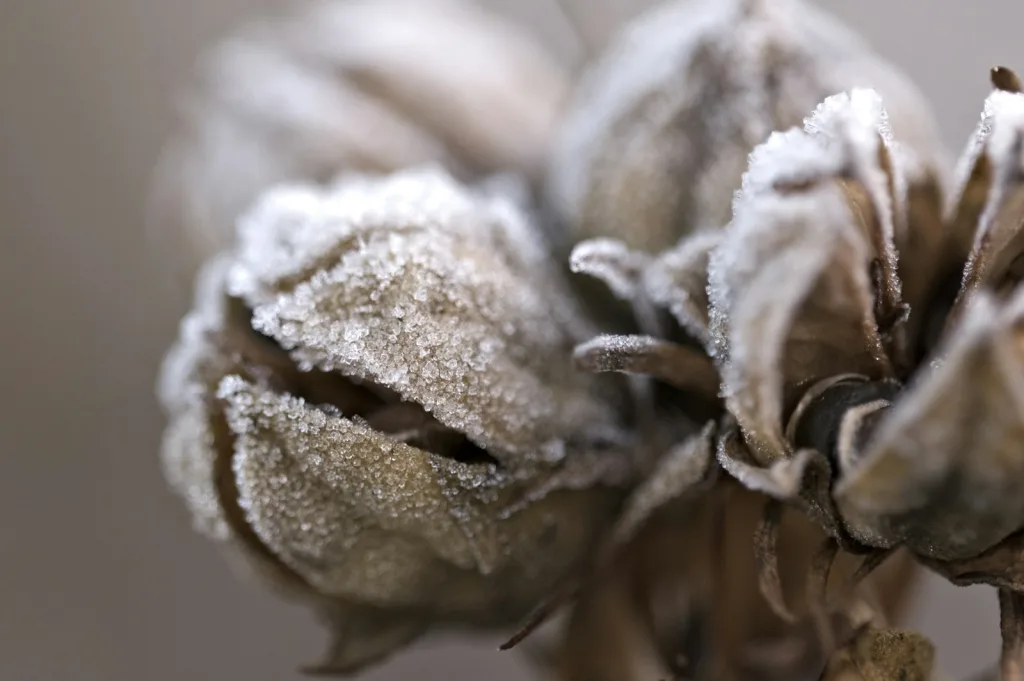
Tropical hibiscus is sensitive to cold and cannot survive freezing temperatures. Proper care for tropical hibiscus involves protecting your plant during winter, which is particularly essential if you live in a region with frost or cold snaps.
- In-ground Hibiscus:
- Mulch heavily around the base of the plant to insulate roots.
- Use frost cloths or covers during cold nights to shield the plant from freezing temperatures.
- Potted Hibiscus:
- Bring the plant indoors before nighttime temperatures drop below 50°F. Place it in a bright, warm spot to mimic outdoor conditions.
- Reduce watering slightly during winter, as the plant’s growth slows and it requires less moisture.
Common Pests and Diseases
Hibiscus plants are generally hardy but can attract pests like aphids, spider mites, and whiteflies.
- Treat infestations with insecticidal soap or neem oil.
- Watch for signs of fungal diseases, such as leaf spots or root rot, which can occur in overly wet conditions. Ensure proper airflow and avoid overwatering to prevent these issues.
Container Growing for Tropical Hibiscus
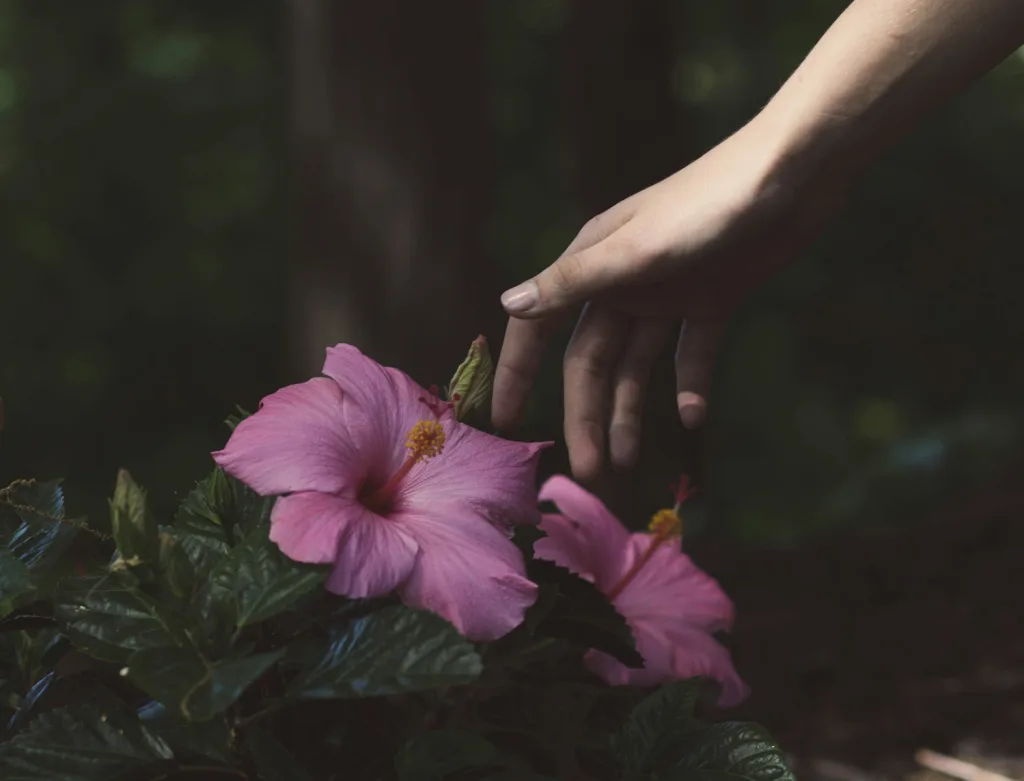
Hibiscus plants thrive in containers, making them perfect for patios, balconies, or areas with poor soil.
- Choose a pot that’s at least 2 inches larger in diameter than the root ball.
- Use a container with drainage holes to prevent waterlogging.
- Repot every 2–3 years to refresh the soil and accommodate the plant’s growth.
Adding Color to Your Garden with Hibiscus Varieties
One of the most exciting aspects of growing tropical hibiscus is the incredible variety of colors and flower forms available. From bold, solid hues to multicolored blooms with intricate patterns, hibiscus plants can fit nearly any garden design. Choosing the right variety for your landscape can elevate your garden’s visual appeal and complement its overall theme.
Popular Hibiscus Varieties for Your Garden
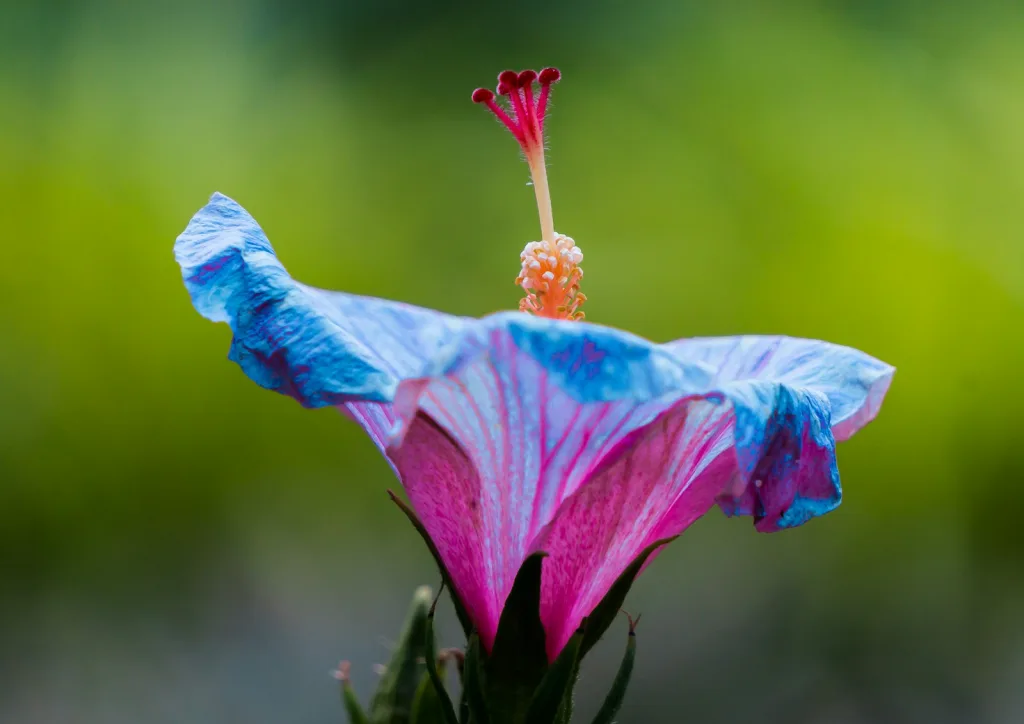
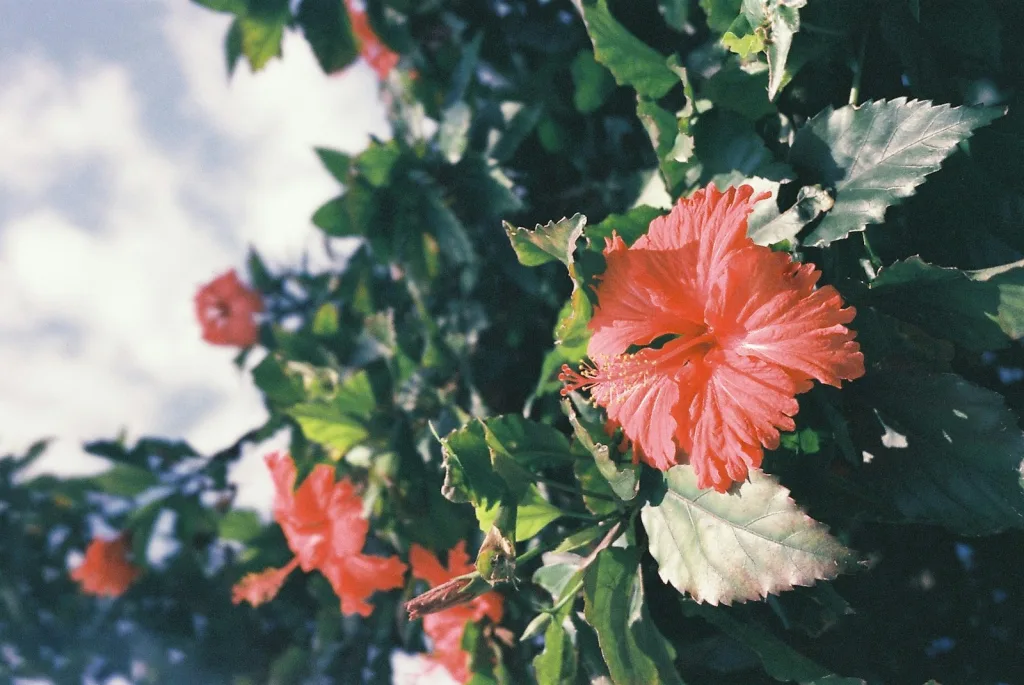
- ‘Red Hot’ Hibiscus: Known for its fiery red blooms, this variety adds drama and vibrancy to any tropical garden.
- ‘Peach Blow’ Hibiscus: With soft peach petals and a contrasting pink center, this variety creates a warm, romantic ambiance.
- ‘Rainbow Christie’ Hibiscus: One of the most striking options, this variety features multicolored flowers with pink, orange, and yellow tones.
- Double Hibiscus Varieties: For gardeners seeking extra flair, double hibiscus varieties have ruffled, layered petals that make their blooms appear even larger and more luxurious.
When planning your garden, consider planting different varieties together to create a kaleidoscope of color. Use hibiscus as focal points in garden beds, borders along pathways, or accents in container groupings to maximize their visual impact.
Companion Planting for Hibiscus
Care for tropical hibiscus is easiest when it’s planted alongside compatible plants that share similar growing conditions. Companion planting not only enhances your garden’s aesthetics but can also support the health of your hibiscus by improving soil conditions and deterring pests.
Ideal Companion Plants for Hibiscus
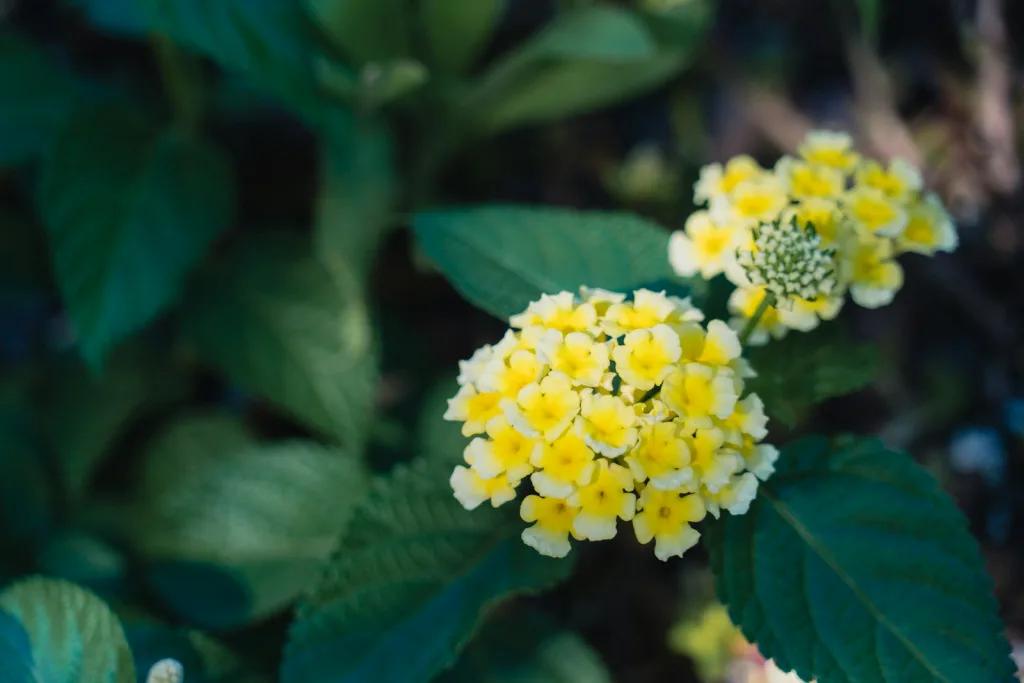
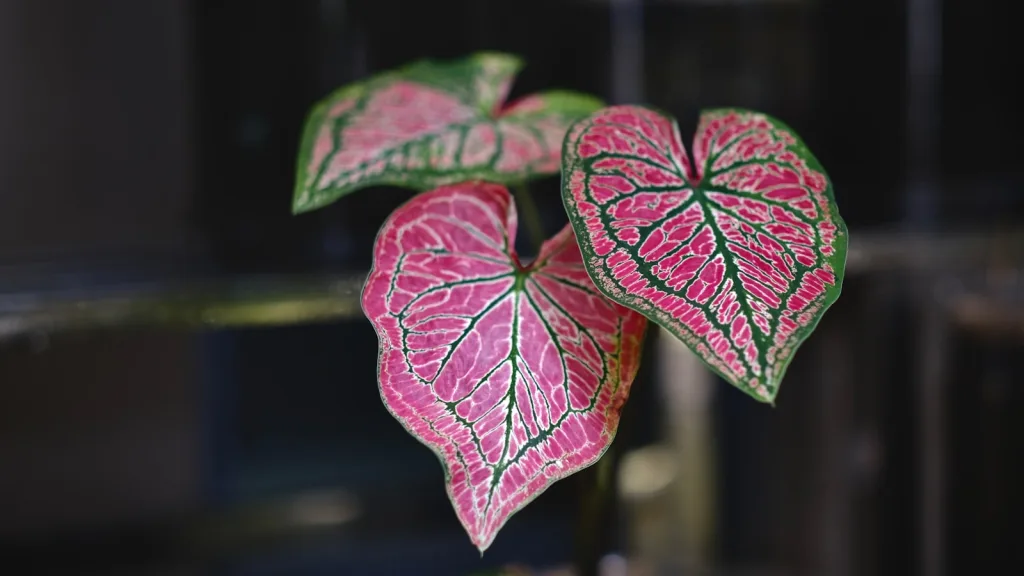
- Lantanas: These colorful, drought-tolerant flowers attract pollinators while complementing hibiscus blooms.
- Cordylines: With their striking, spiky foliage in shades of red, purple, and green, cordylines provide a bold contrast to hibiscus flowers.
- Caladiums: Their vibrant, heart-shaped leaves add a pop of color at ground level and thrive in the partial shade often found beneath hibiscus plants.
Companion planting isn’t just about aesthetics. Plants like marigolds can naturally deter pests that may harm your hibiscus, while nitrogen-fixing plants like legumes can enrich the soil. Carefully selecting companion plants ensures that your tropical garden flourishes as a harmonious ecosystem.
These additions make tropical hibiscus not just a standalone beauty but a versatile centerpiece that thrives in a variety of creative landscaping designs!
Why Grow Tropical Hibiscus?
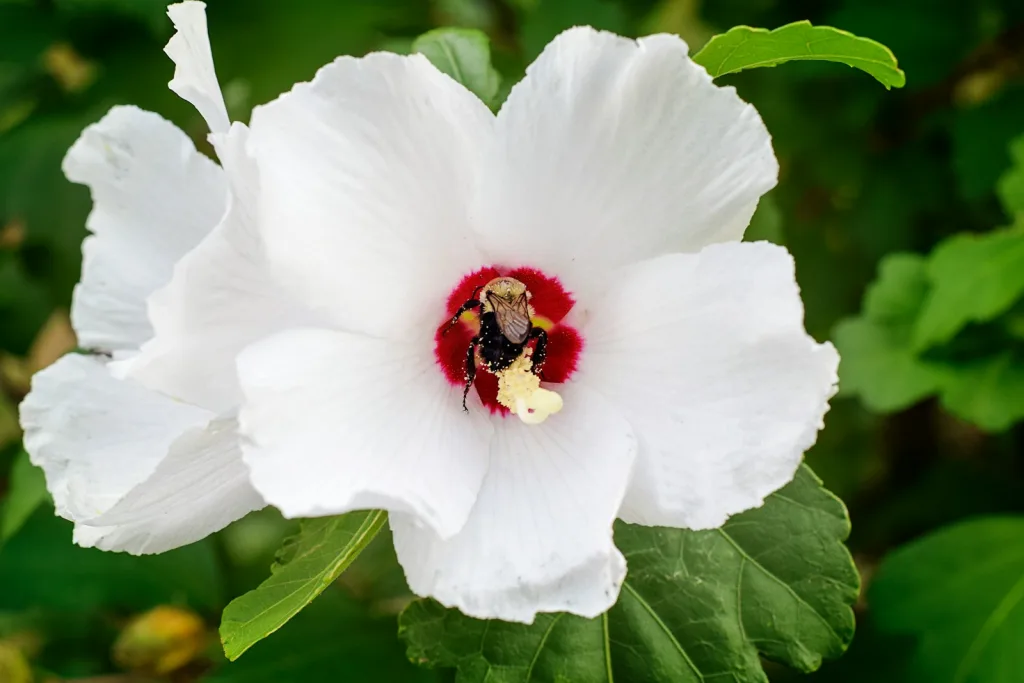
Tropical hibiscus offers more than just beauty—it also attracts pollinators like butterflies and hummingbirds, enhancing the biodiversity of your garden. With proper care, these plants can bloom continuously, providing months of vibrant color and tropical charm.
Tropical hibiscus is a stunning addition to any garden or patio, offering vibrant blooms and lush greenery. By following these care tips—providing plenty of light, proper watering, and protection during winter—you can keep your hibiscus thriving year-round. Whether planted in the ground or grown in containers, with the right care for tropical hibiscus, they will reward you with show-stopping beauty for years to come.

